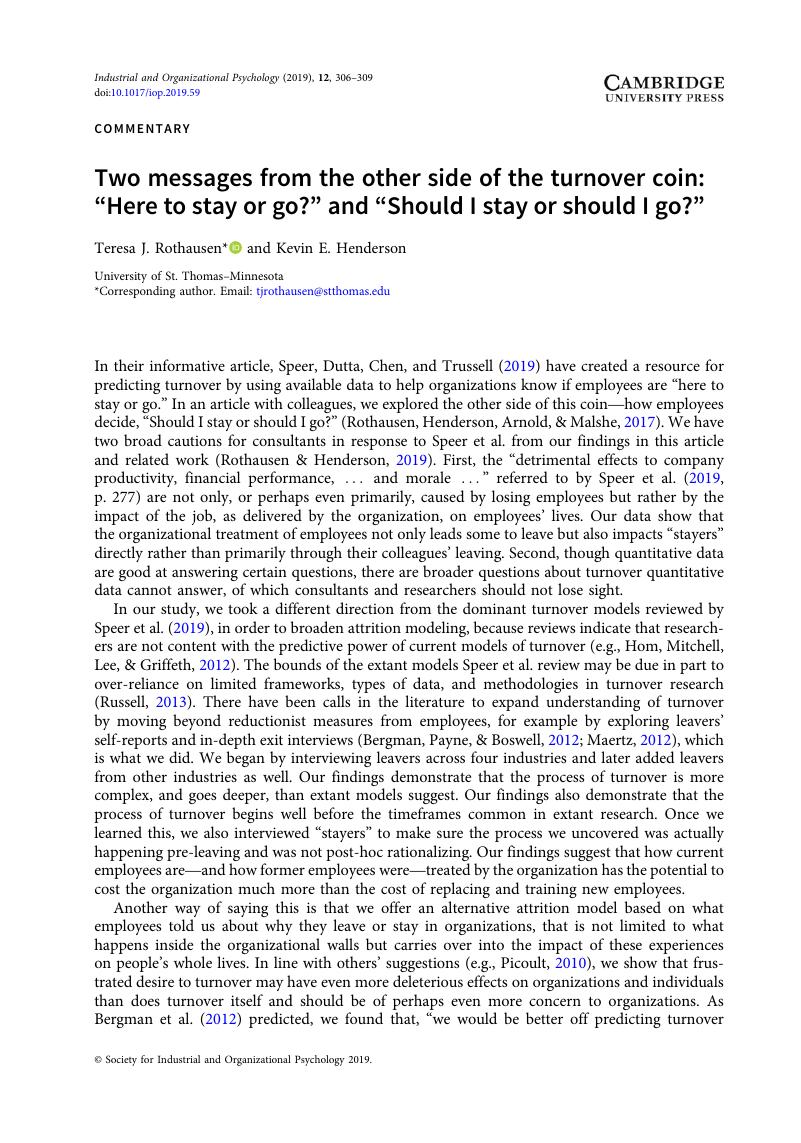Crossref Citations
This article has been cited by the following publications. This list is generated based on data provided by Crossref.
de Carvalho‐Freitas, Maria Nivalda
de Oliveira, Marcos Santos
Tette, Raissa Pedrosa Gomes
and
Santos, Joelma Cristina
2024.
Organizational context and inclusion: Perceptions of managers and people with disabilities.
Applied Psychology,
Vol. 73,
Issue. 3,
p.
1026.



